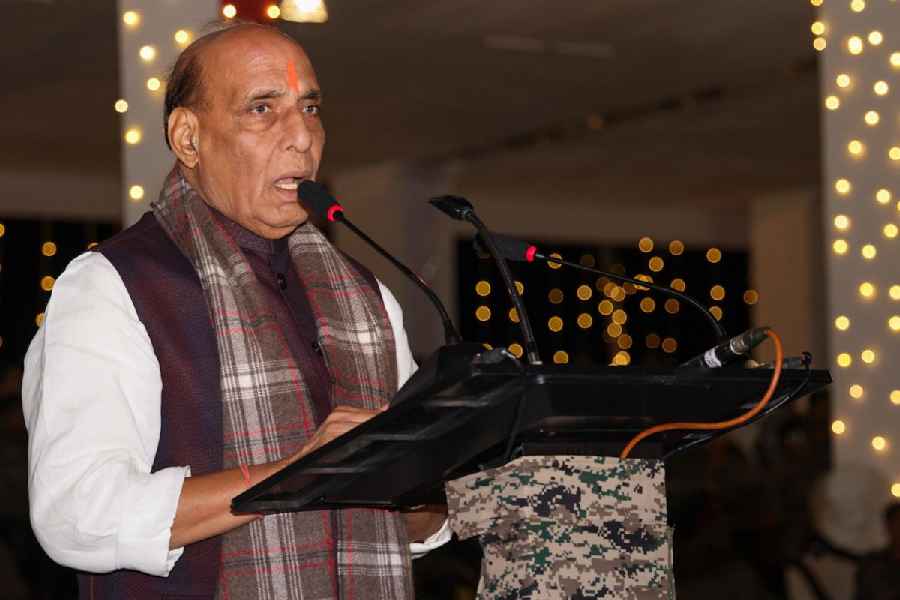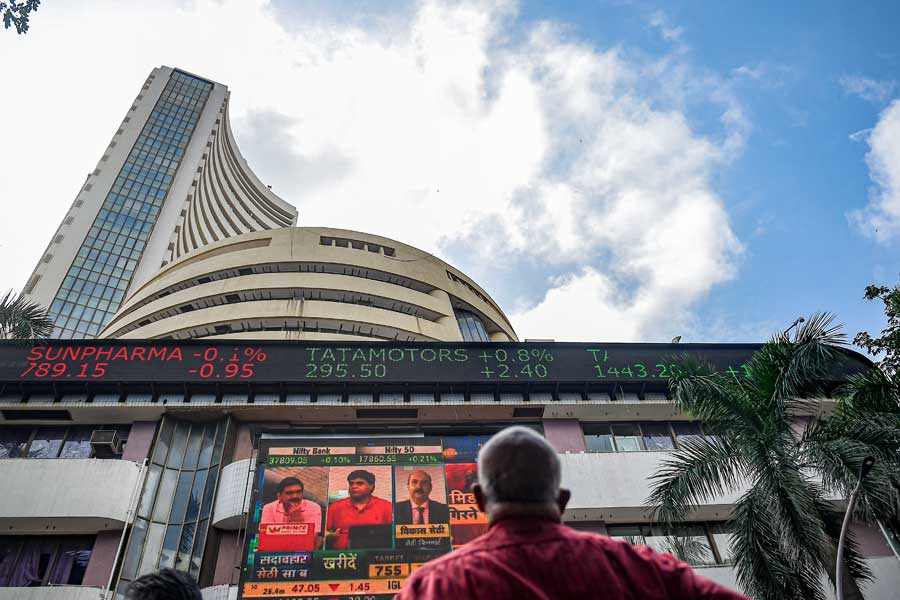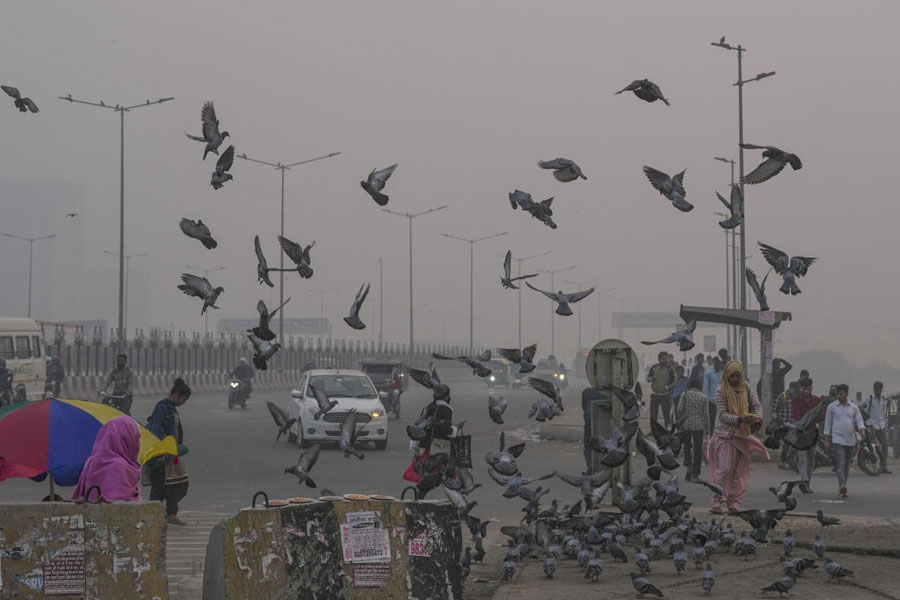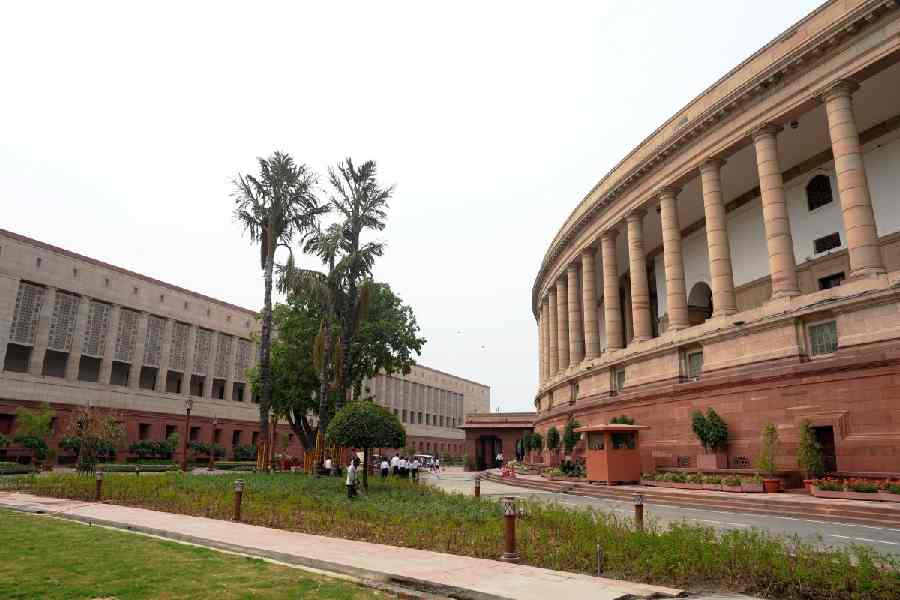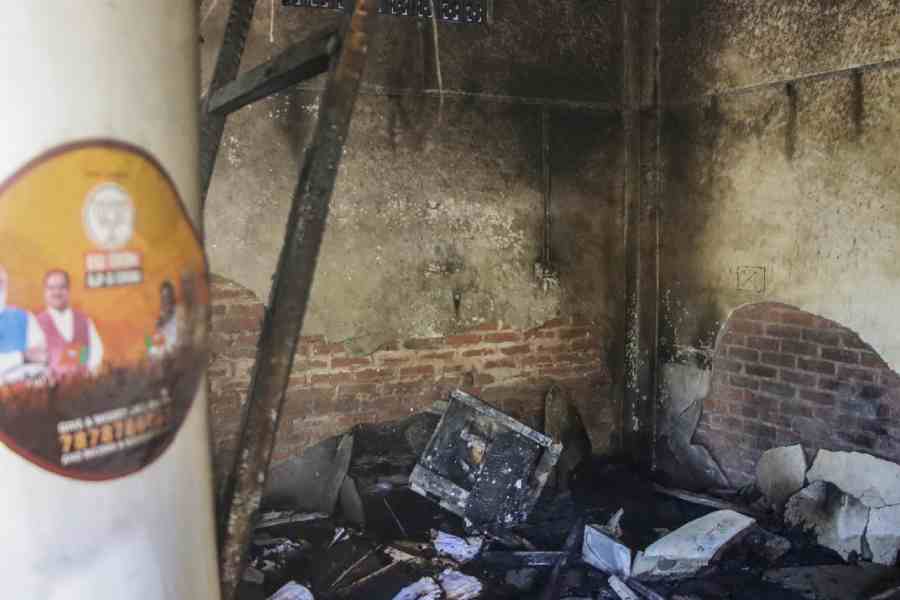Kapil Bhasme, 24, completed BCom from a government college in this industrial town and BTech from a private college in Nagpur but failed to secure a job.
Bhasme is now pursuing a bachelor’s degree in business administration (BBA) from another private institute in Nagpur. He is in the first year and has to pay ₹53,000 per annum in fees for the three-year BBA course. He has already paid ₹3 lakh as tuition fees for BTech.
“I have tried and failed to get a job that can sustain my stay and expenses. I got a job in a company in Pune. But the salary was too meagre. I did not join. After BBA, I will try again,” Bhasme said.
The job situation remains grim and has emerged as the key issue among youths in the Maharashtra Assembly elections.
According to the quarterly bulletin of the government’s Periodic Labour Force Survey for April-June 2024, the unemployment rate for youths between 15 and 29 years in urban areas in the Current Weekly Status (CWS) was 16.8 per cent.
CWS refers to the percentage of respondents not getting any work for even one hour a week during the survey period despite looking for jobs.
Bhasme runs a bag shop to support his studies. He said no company came for campus placement at his college when he completed his BTech this year. Internships for a stipend of ₹5,000 a month were available for a few high-scoring students, he said.
Bhasme’s friend Saurav Biswas passed Class XII in 2019 and has been looking for a job in either the Chandrapur Ferro Alloy Plant or Western Coalfields Ltd or Chandrapura Thermal Power Station or any micro, small and medium enterprise in the Maharashtra Industrial Development Corporation.
“Even jobs of security guards are not available. India is said to be a fast-developing country. On the ground, there is nothing,” Biswas said.
A group of sales representatives of a soap company were on Thursday discussing their scheduled work for the day when one of them said the employer was exploiting them by paying low salaries and setting higher targets.
“After 11 years in service in this position, my salary is ₹17,000 a month. I am married and find it difficult to manage my family’s expenses,” said 32-year-old Darshan Arora.
His friend Ashwini Rout, 30, said the only jobs available in tier-3 and tier-2 cities are those of sales and marketing executives.
“There is a target to be achieved. There are so many soap brands in the market. We have to visit the shopkeepers in the villages and pursue them. It is a daily challenge,” Rout said.
In Nagpur, a tier-2 city, 62-year-old Krishna Utane said his two sons had BTech degrees from city-based Priyadarshini College of Engineering, a private institution. He said he had to spend over ₹5 lakh on each son but none of them was employed yet.
“Ever since they completed their course, they have been unemployed. My elder son, who did BTech in mechanical engineering, got a job offer for a monthly salary of ₹10,000 three years ago. My younger son did BTech in computer science last year and he got an offer for a salary of ₹12,000. This is less than what a casual labourer gets. They did not join. I do not have any more savings left to help them start a business,” Utane said.
“The BJP government has entirely focused on creating road and metro facilities. Job creation has never been its intention,” he added.
IIM Nagpur director Bhimaraya Metri told The Telegraph that the employment scenario for graduating students looked bright this year compared with last year when global IT giants such as Google and Microsoft had reduced their workforce.
“After the downsizing at Google and Microsoft because of the use of artificial intelligence, the Indian companies apprehended a slowdown and cut down on hiring. The slowdown fear was artificially created,” Metri said.
However, India’s GDP growth rate is around 8 per cent and the scenario will improve this year, he said.
“There is no slowdown. The concerns are over. So the placement will be good for graduating students,” Metri said.
He said the placements in second and third-rung institutions might take a little longer to reach the 2022-23 level.
Almost every village and town in the Vidarbha region is dotted with large posters and hoardings of the BJP, which is relying heavily on its cadres and campaign.
Workers of the Opposition Maha Vikas Aghadi (MVA) mostly go from house to house soliciting votes on the twin issues of unemployment and price rise.
In Bokhora Gram Panchayat under the Hingna Assembly constituency, Abdul Wahid Khan, an elected panchayat representative, campaigns for NCP (Sharad Pawar) candidate Ramesh Bang who is pitted against the BJP’s Sameer Meghe.
“The main issues are employment and price rise. It is the problem that affects every family,” Khan said.
In the Lok Sabha elections, the Congress had won five of the 10 seats in Vidarbha while the BJP won two.
Ratnadeep Rengari, a Congress worker in the Kamthi Assembly constituency, said the party had adopted the Dalit Muslim Kunbi (DMK) formula.
A substantial chunk of Dalits and Muslims will largely vote for the MVA. Kunbis and Telis are the dominant castes among the Other Backward Classes (OBCs) in the Vidarbha region, which has 62 Assembly seats. While the BJP has fielded many candidates from the Teli caste, the Congress has mostly fielded Kunbi candidates. In Nagpur alone, the Congress has fielded Kunbi candidates in five of the six seats.
Maharashtra votes on November 20


